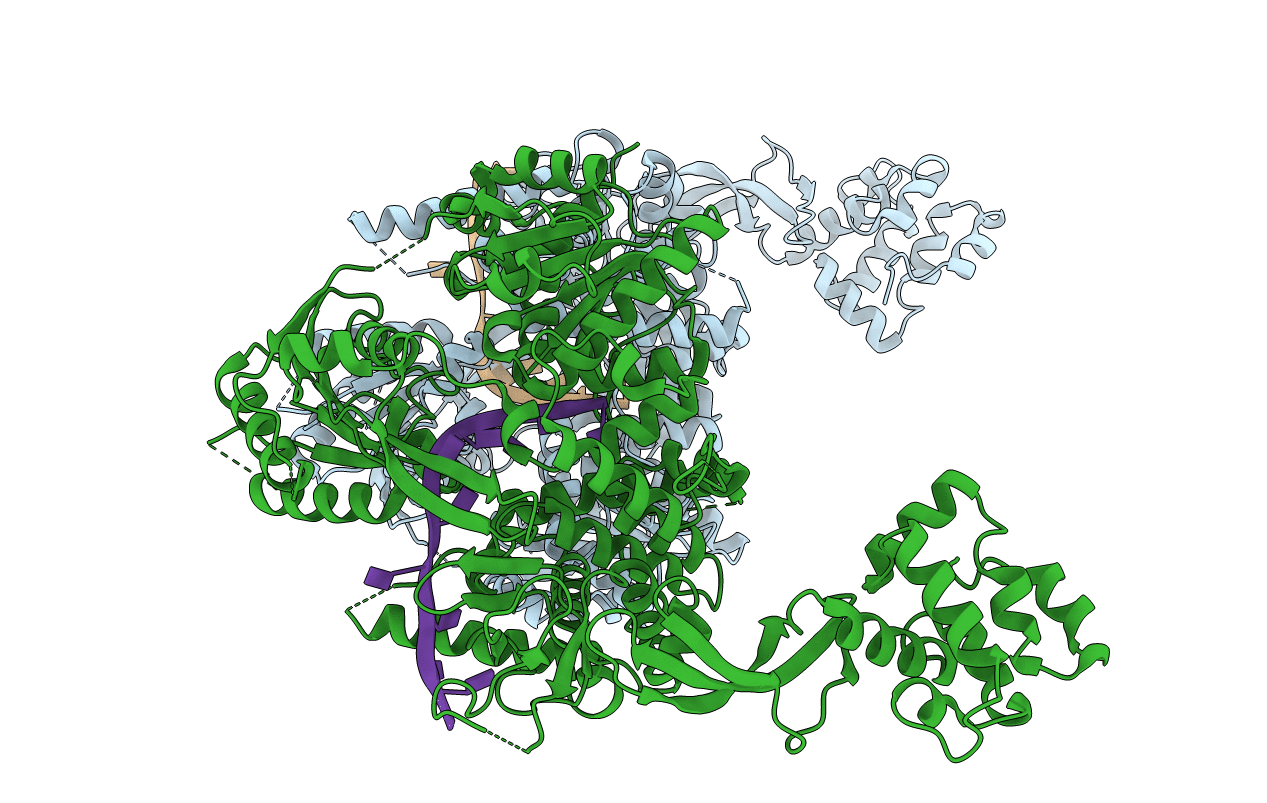
Deposition Date
2019-02-18
Release Date
2019-04-17
Last Version Date
2024-03-13
Entry Detail
Biological Source:
Source Organism:
Mus musculus (Taxon ID: 10090)
synthetic construct (Taxon ID: 32630)
synthetic construct (Taxon ID: 32630)
Host Organism:
Method Details:
Experimental Method:
Resolution:
2.88 Å
R-Value Free:
0.29
R-Value Work:
0.27
R-Value Observed:
0.27
Space Group:
P 1 21 1


